1. Saudi Aramco – $603.7B

Saudi Aramco – $603.7B
Saudi Aramco, the world’s most valuable and one of the largest oil companies by revenue, reported approximately $603.7 billion in 2023. Despite experiencing a revenue decline due to weaker global crude oil prices and lower demand from key markets, Aramco remained among the most profitable companies globally, supported by its massive production scale and operational efficiency.
The company continues to invest heavily in expanding its upstream oil production capacity, ensuring it can meet future energy demands as markets evolve. Additionally, Saudi Aramco is pioneering efforts in hydrogen technology, aiming to become a leader in low-carbon fuels. Alongside this, significant investments in carbon capture and storage projects underscore its commitment to reducing emissions in line with global climate goals.
With a workforce of over 79,000 employees worldwide, including top-tier engineers, geoscientists, and technical experts, Aramco leverages a highly skilled labor force to drive innovation and operational excellence.
These strategic moves align closely with Saudi Arabia’s Vision 2030, which aims to diversify the national economy and reduce dependence on oil revenues by developing new energy sectors and sustainable technologies
2. State Grid Corporation of China – $530.0B

State Grid Corporation of China, the world’s largest utility company by revenue, reported approximately $530.0 billion in 2023. The company’s strong performance was driven by robust domestic electricity demand fueled by China’s rapid urbanization, industrial growth, and increasing electrification.
State Grid is at the forefront of advancing ultra-high-voltage (UHV) transmission technology, which enables the efficient long-distance transfer of electricity, reducing losses and supporting grid stability across vast regions. Additionally, the company is investing heavily in smart grid infrastructure, incorporating digital technologies such as AI, IoT, and big data analytics to enhance energy efficiency, reliability, and real-time management.
With a workforce exceeding 1.5 million employees, State Grid mobilizes a vast pool of engineers, technicians, and digital specialists dedicated to modernizing China’s power infrastructure. The company plays a critical role in integrating renewable energy sources into the grid, supporting national goals for carbon reduction and sustainable energy development.
State Grid’s strategic investments in transmission innovation and smart grid capabilities position it as a global leader in utility technology and a key enabler of China’s clean energy transition.
3. China National Petroleum Corporation (CNPC) – $483.0B
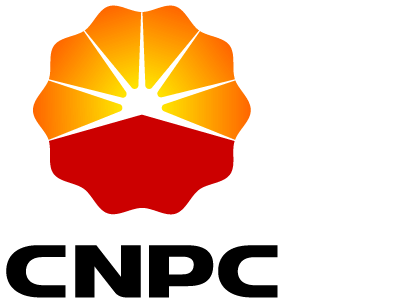
China National Petroleum Corporation (CNPC), the parent company of PetroChina, reported revenue of approximately $483.0 billion in 2023. Although the company experienced a slight decline in revenue due to fluctuating global oil prices and variable demand, CNPC remains a robust player in the global energy industry.
CNPC’s strength lies in its fully integrated energy value chain, spanning upstream exploration, production, refining, and marketing. This comprehensive footprint allows it to manage market volatility effectively and maintain steady operations across diverse sectors.
The company is actively expanding its international presence, particularly through new projects and partnerships in Central Asia and Africa, regions rich in natural resources and strategic for long-term growth. Domestically, CNPC is boosting investments in natural gas infrastructure and clean energy alternatives, supporting China’s transition to a lower-carbon energy mix.
With a global workforce exceeding 1.6 million employees, CNPC mobilizes a vast pool of technical, engineering, and operational talent to sustain its large-scale operations and innovation initiatives. The company’s focus on sustainable energy development and international expansion positions it well for future resilience and growth.
4. Sinopec (China Petrochemical Corporation) – $471.2B
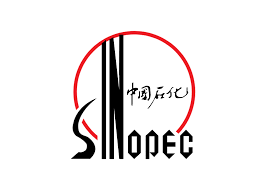
Sinopec, one of Asia’s largest oil refiners and petrochemical producers, reported revenue of approximately $471.2 billion in 2023. Despite a slight dip in revenue due to fluctuating global oil prices and shifting market dynamics, Sinopec remains a dominant force in the energy sector.
The company is aggressively accelerating its transformation toward sustainable energy by investing in green hydrogen production, biofuels, and chemical recycling technologies. These initiatives align closely with China’s national policies emphasizing environmental responsibility, energy innovation, and carbon neutrality goals.
Sinopec’s workforce exceeds 400,000 employees worldwide, including engineers, scientists, and operational staff dedicated to both traditional refining operations and pioneering clean energy solutions. This extensive talent base supports the company’s dual focus on maintaining its refining and petrochemical leadership while driving forward a green transition.
Through significant investments in sustainability, Sinopec aims to reduce carbon emissions, develop circular economy practices, and diversify its energy portfolio, ensuring long-term competitiveness in a rapidly evolving global energy marke
5. Trafigura – $318.5B

Trafigura, headquartered in Singapore, is one of the world’s largest independent commodity trading and logistics companies. In 2023, Trafigura reported revenues of approximately $318.5 billion, reflecting a decline from the previous year due to the stabilization of previously volatile energy markets in 2022.
The company is strategically pivoting towards commodities critical for the global energy transition, with growing involvement in materials like copper and lithium that are essential for electric vehicle batteries and renewable energy technologies. This shift positions Trafigura at the forefront of supplying the raw materials necessary for decarbonization and green energy development worldwide.
Trafigura is also actively expanding its logistics and infrastructure network, particularly in Asia and Africa, to enhance its ability to source, transport, and store commodities efficiently. These investments support long-term growth by improving supply chain resilience and opening new markets.
Employing around 9,000 people globally, Trafigura’s workforce consists of commodity traders, logistics specialists, engineers, and sustainability experts who drive the company’s integrated approach to commodity trading and infrastructure development.
6. China State Construction Engineering – $305.9B
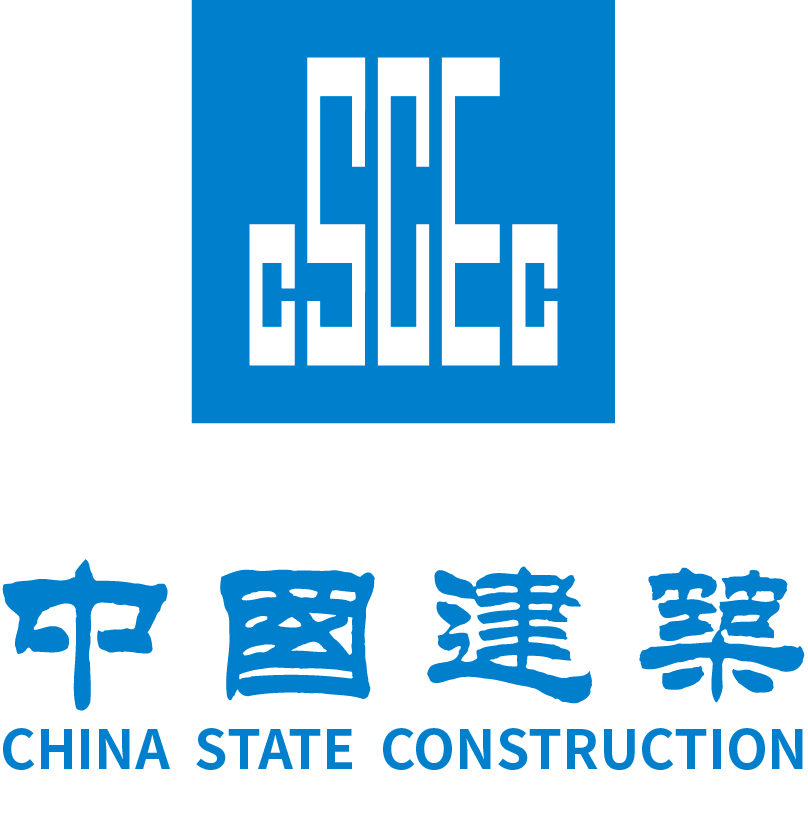
China State Construction Engineering Corporation (CSCEC) stands as the world’s largest construction and engineering firm, reporting steady revenue of approximately $305.9 billion in 2023. The company’s strong financial performance is driven by its extensive portfolio of large-scale domestic and international infrastructure projects spanning commercial buildings, transportation networks, and urban development.
CSCEC continues to benefit significantly from China’s Belt and Road Initiative (BRI), securing key contracts across the Middle East, Africa, and Southeast Asia. These projects not only contribute to global connectivity but also solidify CSCEC’s reputation as a trusted partner in international infrastructure development.
In line with global trends, CSCEC is investing heavily in prefabricated construction techniques and green building materials, aligning its operations with sustainable construction practices. This shift supports reductions in construction waste, improves efficiency, and meets increasing demand for environmentally responsible infrastructure.
The company employs over 300,000 people worldwide, including engineers, architects, project managers, and skilled laborers. This vast workforce enables CSCEC to deliver complex projects on time and to high standards, further reinforcing its leadership in the construction industry
7. Toyota Motor Corporation – $274.5B
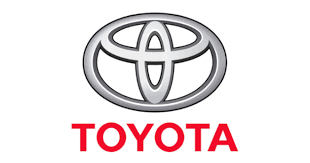
Toyota Motor Corporation experienced robust revenue growth in 2023, generating approximately $274.5 billion. This growth was driven by the global recovery in automobile sales following pandemic-related disruptions, coupled with an improved semiconductor supply that eased production constraints.
Toyota continues to lead the automotive industry through significant investments in electric vehicle (EV) development and battery production. The company is actively scaling up its EV lineup, supported by large battery manufacturing projects located in Japan and the United States. These efforts are part of Toyota’s broader strategy to transition towards sustainable mobility while maintaining a competitive edge.
A key differentiator for Toyota remains its hybrid technology, which continues to enjoy strong demand in numerous global markets. Hybrid vehicles, combining internal combustion engines with electric powertrains, offer consumers improved fuel efficiency and lower emissions, making Toyota a pioneer in this space.
With a workforce of over 360,000 employees worldwide, Toyota blends engineering excellence with a strong manufacturing base, emphasizing quality, innovation, and environmental responsibility. The company’s integrated approach to vehicle electrification, alongside hybrid technology, positions Toyota as a major player in the future of the global automotive industry.
8. Samsung Electronics – $234.1B

Samsung Electronics, a global leader in consumer electronics and technology, reported revenue of approximately $234.1 billion in 2023. Despite facing a challenging year in the semiconductor market due to cyclical demand downturns and supply chain disruptions, Samsung leveraged its diversified portfolio, including strong sales in smartphones, display panels, and consumer electronics, to maintain solid financial performance.
The company continues to invest heavily in research and development, ranking among the world’s top R&D spenders. Samsung’s innovation pipeline focuses on cutting-edge technologies such as artificial intelligence (AI) chips, quantum-dot displays, and next-generation memory solutions like DRAM and NAND flash. These investments position Samsung well to capitalize on the anticipated rebound in semiconductor demand driven by emerging applications in AI, 5G, and automotive electronics.
Samsung employs over 300,000 people globally, including engineers, designers, software developers, and manufacturing specialists. The company’s workforce plays a crucial role in sustaining its competitive edge through continuous product innovation and manufacturing excellence.
9. Hon Hai Precision Industry (Foxconn) – $222.5B
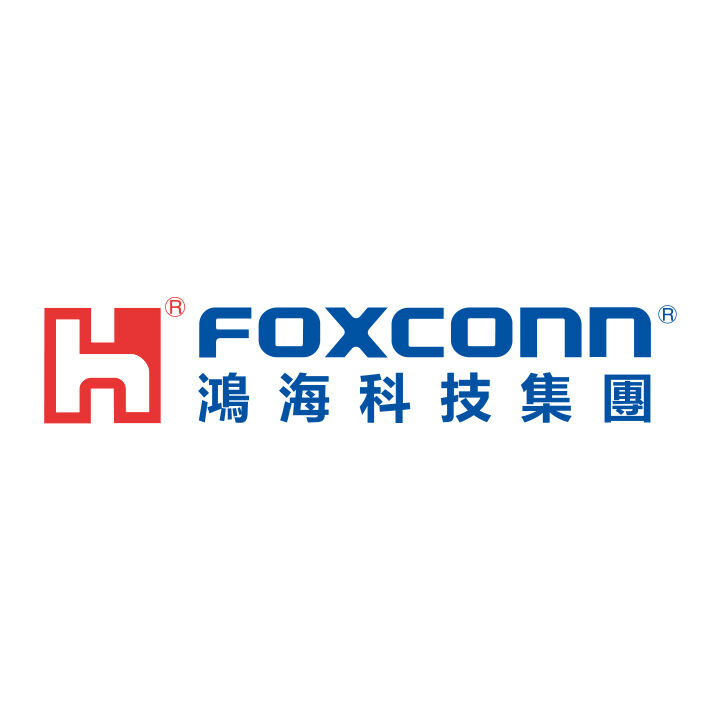
Hon Hai Precision Industry, commonly known as Foxconn, remains a pivotal player in the global electronics manufacturing supply chain, with a reported revenue of approximately $222.5 billion in 2023. The company’s longstanding partnership with Apple and other major technology brands has anchored its position as the world’s largest contract electronics manufacturer.
In 2023, Foxconn maintained strong revenue by continuing to supply critical components and assembly services for smartphones, computers, and consumer electronics. Recognizing the need to diversify beyond traditional electronics assembly, Foxconn is aggressively investing in electric vehicle (EV) platforms, forming strategic partnerships across Taiwan, Thailand, and the United States. These initiatives target future mobility solutions, including EV manufacturing, autonomous driving technologies, and smart vehicle components.
Foxconn employs more than 800,000 people worldwide, including engineers, assembly line workers, R&D specialists, and supply chain managers. This large workforce enables the company to manage complex global operations efficiently while driving innovation in emerging technology sectors.
The company’s strategic pivot towards electric vehicles and mobility solutions reflects its commitment to evolving with industry trends and reducing reliance on the cyclical consumer electronics market. With substantial investments in automation, AI, and new manufacturing technologies, Foxconn is positioning itself as a leader in next-generation manufacturing and sustainable growth.
10. ICBC (Industrial and Commercial Bank of China) – $214.8B
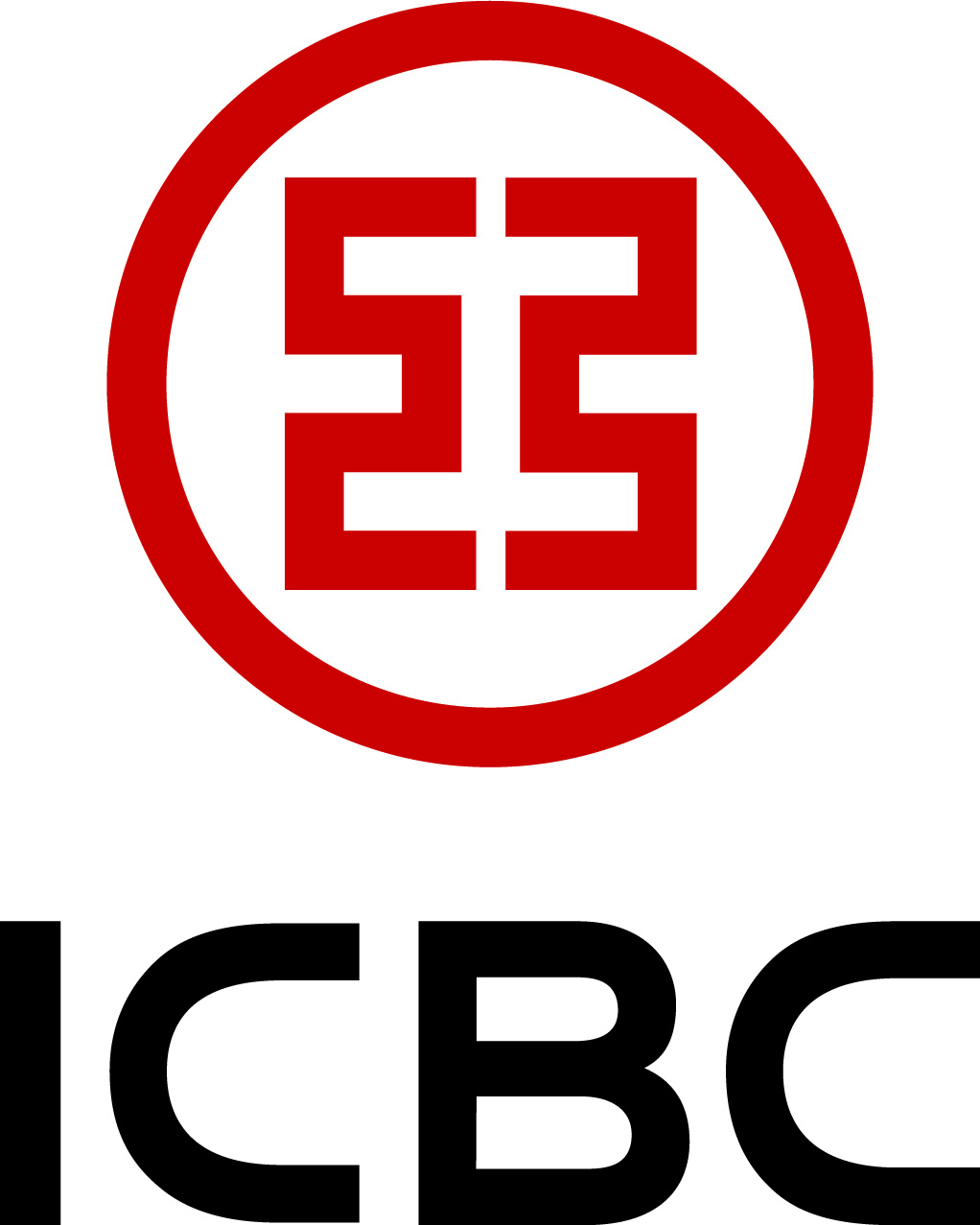
Industrial and Commercial Bank of China (ICBC) stands as the world’s largest bank by assets and is a cornerstone of China’s financial system. In 2023, ICBC reported revenues of approximately $214.8 billion, marking modest growth as lending volumes stabilized following the economic disruptions caused by the COVID-19 pandemic.
ICBC continues to drive expansion in its digital banking services, leveraging advancements in mobile platforms, AI, and blockchain technologies to enhance customer engagement and operational efficiency. The bank is also at the forefront of piloting green finance initiatives, supporting sustainable development projects aligned with China’s environmental goals. These projects include financing renewable energy installations, energy-efficient infrastructure, and carbon reduction technologies.
Strategically, ICBC plays a vital role in funding China’s large-scale infrastructure and energy endeavors, both within the country and internationally. It is a key financial partner in initiatives such as the Belt and Road Initiative, facilitating investment in transport, energy, and urban development projects across Asia, Africa, and beyond.
Employing over 460,000 people worldwide, ICBC’s workforce comprises a diverse range of professionals including bankers, risk analysts, IT specialists, and sustainability experts, all contributing to its leadership in global finance.
11. China Construction Bank (CCB) – $202.8B
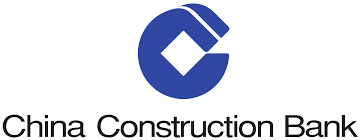
China Construction Bank (CCB) is a foundational pillar of China’s banking sector and ranks among the world’s largest banks by assets and revenue. In 2023, CCB reported revenues of approximately $202.8 billion, maintaining stability through a diversified portfolio that includes housing loans, infrastructure financing, and growing digital banking services.
CCB has made digital transformation a core strategic priority, investing heavily in artificial intelligence, big data analytics, and cloud computing to enhance customer experience and operational efficiency. The bank has developed new digital platforms aimed at expanding financial inclusion, particularly in rural and underserved regions, supporting inclusive finance initiatives critical to China’s broader economic goals.
A significant focus for CCB is on Environmental, Social, and Governance (ESG)-linked lending, reflecting rising global and domestic demands for sustainable finance. The bank offers innovative loan products that encourage green projects, renewable energy investments, and social development programs, aligning with China’s commitments to carbon neutrality and sustainable growth.
With a workforce of around 350,000 employees, CCB combines traditional banking expertise with advanced technology skills, employing financial analysts, software engineers, risk managers, and customer service teams dedicated to both urban and rural markets.
12. Agricultural Bank of China (ABC) – $187.1B
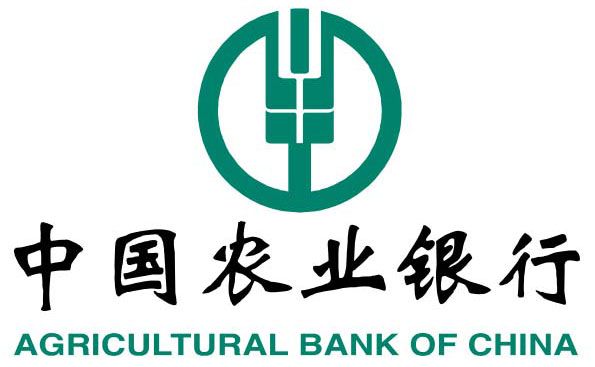
Agricultural Bank of China (ABC) is one of the “Big Four” state-owned commercial banks in China and plays a crucial role in supporting the country’s rural economy and agricultural sector. In 2023, ABC reported revenues of approximately $187.1 billion, reflecting steady performance driven by its strategic focus on rural development and agricultural financing.
ABC’s core mission centers on providing financial services to underserved and underbanked rural regions across China. The bank supports farmers, agricultural enterprises, and rural infrastructure projects through a broad range of credit products, subsidies, and investment services. This focus aligns closely with China’s national goals for food security, rural revitalization, and modernization of agriculture.
To enhance its outreach, ABC has been investing heavily in fintech innovations, including mobile banking, digital payment platforms, and AI-driven credit assessment tools tailored for rural customers. These technological advances help reduce financial inclusion gaps and improve access to affordable credit in remote areas.
With a workforce exceeding 480,000 employees, ABC is among the largest employers in China’s banking sector. Its staff includes agricultural economists, risk management experts, IT specialists, and customer service professionals dedicated to advancing the bank’s rural development objectives.
13. Ping An Insurance – $181.6B
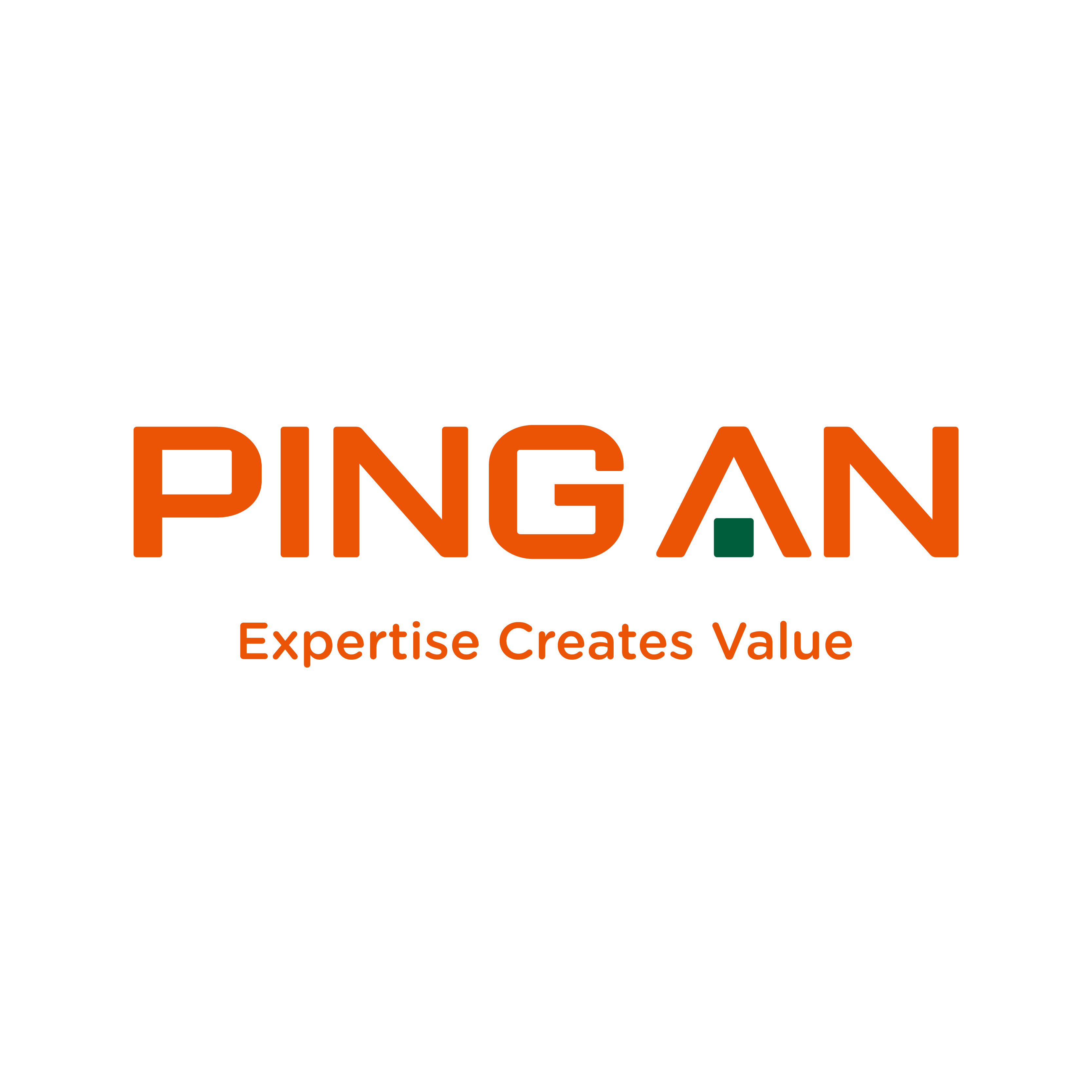
Ping An Insurance is one of China’s largest and most diversified financial services groups, operating across insurance, banking, investment, and technology sectors. In 2023, Ping An reported revenues of approximately $181.6 billion, reflecting a decline influenced by slower growth in insurance premiums and challenges in a volatile investment market. Despite these headwinds, the company continues to innovate and expand its business through strategic diversification.
A key driver of Ping An’s growth is its increasing focus on technology-enabled services, including healthtech, fintech, and integrated lifestyle platforms. By leveraging advanced AI, big data, and cloud computing, Ping An has developed innovative products in digital health management, online financial services, and smart city solutions. These initiatives have positioned the company as a leader in the digital transformation of financial and healthcare industries.
Ping An employs over 350,000 people globally, including a strong team of data scientists, software engineers, healthcare professionals, and financial experts. The company’s workforce fuels continuous innovation, supporting its efforts to deepen customer engagement and improve operational efficiency.
Internationally, Ping An is actively expanding its footprint, particularly in Southeast Asia and Europe, through partnerships, investments, and localized service offerings. This global expansion strategy aims to tap into emerging markets with rising demand for insurance and fintech solutions, while also diversifying revenue streams.
14. Sinochem Holdings – $173.8B

Sinochem Holdings is a major Chinese state-owned conglomerate with diversified operations spanning chemicals, agriculture, and energy sectors. In 2023, the company maintained relatively stable revenue of approximately $173.8 billion, supported by its extensive presence in commodity trading, chemical manufacturing, agricultural products, and energy supply chains.
Sinochem is actively transforming its business by shifting focus towards high-value specialty chemicals, advanced agro-technology, and bioscience innovations. This strategic pivot aligns with global trends emphasizing sustainability, precision agriculture, and environmentally friendly chemical production. The recent merger with ChemChina significantly enhanced Sinochem’s research capabilities and production scale, creating one of the largest integrated chemical and agricultural groups worldwide.
The combined entity benefits from expanded R&D resources, streamlined supply chains, and increased global market reach. Sinochem employs over 130,000 people globally, including scientists, engineers, agronomists, and business professionals. Its workforce drives innovation in developing bio-based chemicals, sustainable fertilizers, and crop protection technologies, contributing to food security and environmental stewardship.
Sinochem also plays an essential role in China’s energy sector through its investments in oil and gas exploration, refining, and distribution. The company is gradually expanding its portfolio in renewable energy and green chemical solutions, aligning with China’s national goals for carbon neutrality and environmental responsibility.
15. China Railway Engineering Corporation (CREC) – $171.7B
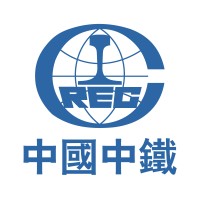
China Railway Engineering Corporation (CREC) is one of the largest and most influential construction and engineering firms globally, specializing in railway, metro, highway, and large infrastructure projects. As a state-owned enterprise, CREC plays a critical role in advancing China’s infrastructure modernization and the Belt and Road Initiative, securing major contracts in Southeast Asia, Africa, and Latin America. In 2023, CREC posted robust revenue of approximately $171.7 billion, driven primarily by its extensive portfolio of large-scale railway and urban transit developments both domestically and abroad.
CREC employs over 280,000 professionals, including engineers, project managers, and technical experts, making it one of the largest employers in the global infrastructure sector. The company is also exploring partnerships for high-speed rail corridors and metro systems to meet growing urbanization demands.
By balancing traditional construction expertise with cutting-edge technology and sustainability initiatives, CREC remains a vital player in global infrastructure development. Its workforce's size and technical capability are key factors enabling the company to deliver some of the most complex infrastructure projects worldwide.















